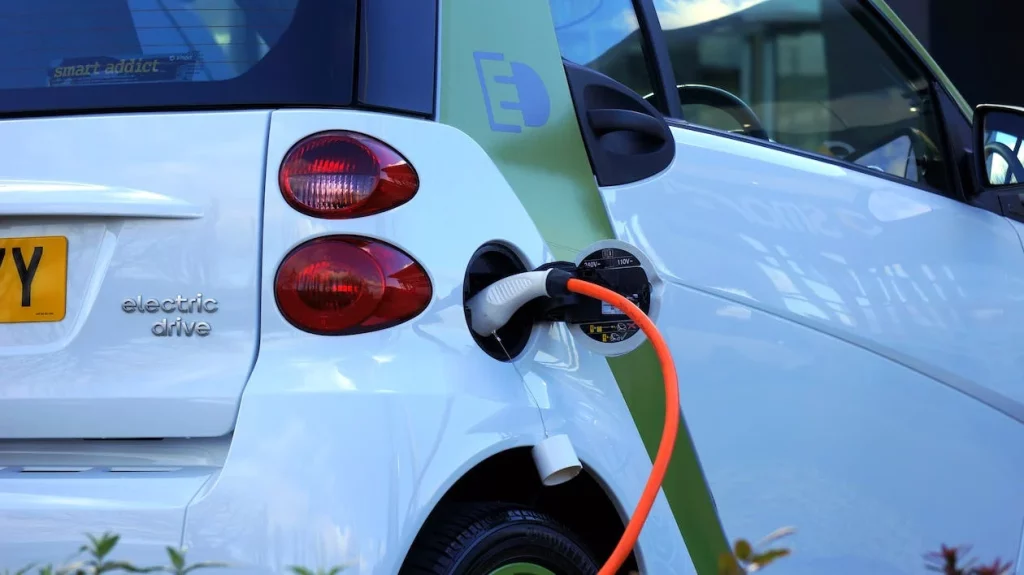How to Jump-Start a Car: A Comprehensive Guide
How to Jump-Start a Car: A Comprehensive Guide


Introduction
Dealing with a dead car battery can be a frustrating experience, especially when you’re in a hurry or stuck in an inconvenient location. Fortunately, jump-starting a car is a straightforward process that can get your vehicle back on the road quickly. In this comprehensive guide, we will provide you with step-by-step instructions on how to safely jump-start a car, along with important tips and precautions to keep in mind.
Section 1: Understanding the Basics
Step 1: Gather the Necessary Tools
Before you begin, make sure you have the following tools and equipment:
- Jumper cables (also known as booster cables): Ensure that they are long enough to reach between the two vehicles.
- Another running vehicle: You will need a second vehicle with a charged battery to provide the jump-start.
- Safety gloves and goggles: These will protect you from any potential sparks or accidents.
- Owner’s manual: Consult the owner’s manual for both vehicles for any specific instructions or precautions.
Step 2: Identify the Type of Battery and Battery Terminals
Before you begin the jump-starting process, it’s important to identify the type of battery in both vehicles. Most cars have standard lead-acid batteries, but some newer models may have lithium-ion or other types of batteries. Additionally, familiarize yourself with the positive (+) and negative (-) battery terminals on both vehicles. These terminals are usually labeled or color-coded (red for positive and black for negative).
Section 2: Jump-Starting Procedure
Step 1: Position the Vehicles
- Park the vehicle with the good battery close enough to the vehicle with the dead battery so that the jumper cables can reach both batteries comfortably. Make sure both vehicles are in Park (for automatic transmissions) or Neutral (for manual transmissions) and turn off the engines.
- Important: Ensure that the vehicles are not touching each other to avoid any potential accidents.
Step 2: Connect the Jumper Cables
- Open the hoods of both vehicles and locate the battery compartments. Some vehicles may have the battery located in the trunk or under a seat, so refer to the owner’s manual if needed.
- Identify the positive (+) and negative (-) terminals on both batteries. They are usually marked with a plus and minus sign or labeled as “POS” and “NEG.”
- Take the jumper cables and unwind them fully. Be cautious, as the cables may be dirty or greasy.
- Important: Ensure that the jumper cables do not come into contact with any moving parts of the engine, such as the cooling fan.
- Connect the jumper cables in the following order:
- Take one end of the red (positive) jumper cable and attach it to the positive terminal of the dead battery.
- Attach the other end of the red (positive) jumper cable to the positive terminal of the good battery.
- Take one end of the black (negative) jumper cable and attach it to the negative terminal of the good battery.
- Caution: Do not connect the other end of the black (negative) jumper cable to the negative terminal of the dead battery. Instead, attach it to an unpainted metal surface away from the battery, such as a metal strut or engine block. This helps prevent sparks and potential damage.
Step 3: Safety Precautions and Starting the Vehicles
- Double-check all the connections to ensure that the jumper cables are securely attached to the batteries.
- Start the vehicle with the good battery and let it run for a few minutes. This allows the charging system of the donor vehicle to transfer charge to the dead battery.
- After a few minutes, try starting the vehicle with the dead battery. If it starts successfully, keep both vehicles running for a few more minutes to allow the dead battery to charge further.
- If the dead battery does not start the vehicle, double-check the connections and ensure that the cables are properly attached. Allow more time for the dead battery to charge, or seek professional assistance if needed.
- Once the dead battery is charged and the vehicle has started, carefully disconnect the jumper cables in reverse order:
- Disconnect the black (negative) cable from the metal surface on the vehicle with the dead battery.
- Disconnect the black (negative) cable from the negative terminal of the good battery.
- Disconnect the red (positive) cable from the positive terminal of the good battery.
- Disconnect the red (positive) cable from the positive terminal of the dead battery.
Section 3: Precautions and Additional Tips
Step 1: Drive the Vehicle to Recharge the Battery
After jump-starting the vehicle, it’s essential to drive it for at least 20 minutes to allow the alternator to recharge the battery fully. This helps ensure that the battery has enough charge for future starts.
Step 2: Seek Professional Assistance if Necessary
If the battery repeatedly fails to hold a charge or if the vehicle frequently experiences battery-related issues, it may be a sign of a more significant problem. In such cases, it’s recommended to seek professional assistance from a qualified mechanic or automotive service center.
Step 3: Maintain and Test Your Battery Regularly
To prevent future battery issues, it’s important to maintain and test your battery regularly. Keep the battery terminals clean and free of corrosion. Consider using a battery maintenance charger if your vehicle is not driven frequently. Additionally, have your battery tested periodically to check its condition and capacity.
Conclusion
Jump-starting a car is a simple and effective solution for dealing with a dead battery. By following the step-by-step instructions outlined in this guide and taking the necessary precautions, you can safely jump-start your vehicle and get back on the road. Remember to gather the required tools, connect the jumper cables correctly, and follow the recommended safety measures. If you encounter persistent battery issues, it’s advisable to consult a professional for further assistance. With the knowledge and understanding of jump-starting procedures, you can confidently handle battery-related emergencies and keep your vehicle running smoothly.








